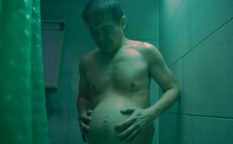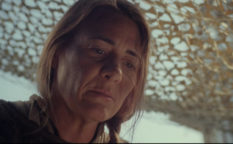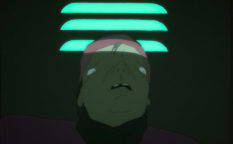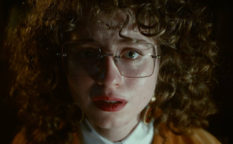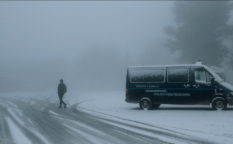Diagonale review: Dear Beautiful Beloved (2024)
Diagonale
Documentary Competition
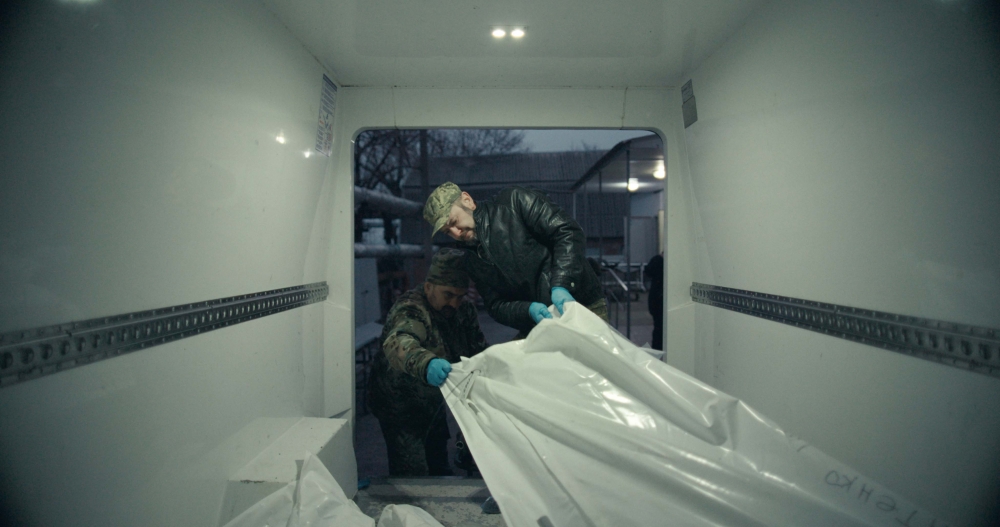
We tend to study history incorrectly: focusing on particular events, years, and numbers, we lose the picture of the processes that lasted for some time. This also concerns wars and battles as central points of historical science – we get lost in the raw data of when and where what happened, the sizes of conflicting forces, and the casualties. The real tragedy of lives lost or shattered becomes statistics. Applied to the ongoing war in Ukraine, that means that we get the picture of where, for instance, Mariupol, Bakhmut, Slovyansk or Kramatorsk are located, how many missiles and drones were shot down, how many tanks were destroyed and how many people got killed from news reports. It paints the picture of the collective tragedy and trauma of the people, but the tragedy, trauma and occasional heroic acts by the individuals are rarely noted.
After dealing with the “large scale history” and providing the wider context of the war in his previous work Signs of War (2022), the Ukrainian-Austrian filmmaker Juri Rechinsky sets on putting the spotlight on its consequences for the regular people in his newest documentary Dear Beautiful Beloved. After the premiere at Locarno’s Critics’ Week, the documentary toured festivals such as Viennale, IDFA and Black Nights, while we finally caught it at Diagonale.

Rechinsky deals with three aspects of war consequences and the efforts of different humanitarian organizations in three different narrative lines. A couple of British humanitarians organize the evacuation of disabled and sick elderly people from their homes in the war zone in Eastern Ukraine and their transport to safety. They are about to temporarily stay in a medical facility, but for an unidentified time, which brings certain insecurities. Another humanitarian organization, this time a domestic one, sets on a mission to retrieve the bodies or body parts of the fallen soldiers from the immediate conflict zone. The bodies have to be transferred to the soldiers’ hometowns and villages and prepared for burial. Also, mothers with their small children are being evacuated, so a journey by train to Budapest has to be arranged.
The filmmaker opts for a strictly observational style, without any unnecessary commenting, letting his footage speak for itself and subjects interact freely with one another. The camerawork by Rechinsky’s regular Serhiy “Stefan” Stetsenko and the experienced Austrian DoP Serafin Spitzer alternates between the constant movement and static shots from both up close and afar, highlighting two complementary perceptions of war: the living have to move constantly to survive. At the same time, the dead earned their right to rest in peace. The editing by Andrea Wagner establishes the moderate pace and the rhythm in which the three storylines intertwine naturally.
Truthfully, the camera is sometimes dangerously close to the suffering subjects, both the living and the dead, which might imply some kind of voyeuristic peek into their tragedy. Luckily, that is not the case here since the mission is something else: to see the war and cope with it as a lasting process. This opens an additional level of dread for the viewers—it is not just about the horrors but also about their normalization.
Year:
2024
Runtime:
95’
Country:
Austria
Languages:
Ukrainian, English, Russian, Hungarian
Directed
by: Juri Rechinsky
Written
by: Juri Rechinsky, Kseniya
Kharchenko
Cinematography by:
Serhiy “Stefan” Stetsenko, Serafin Spitzer
Editing
by: Andrea Wagner
Music
by: Anton Baibakov
Sound
design by: Mariia Nesterenko, Andrii
Rogachov
Produced by:
Florian Brüning, Thomas Herberth
Production
companies: Horse&Fruits,
OKSuperDanke
Supported by:
Austrian Film Institute (ÖFI), ORF, Film Fonds Wien
Sales
by: filmdelights





